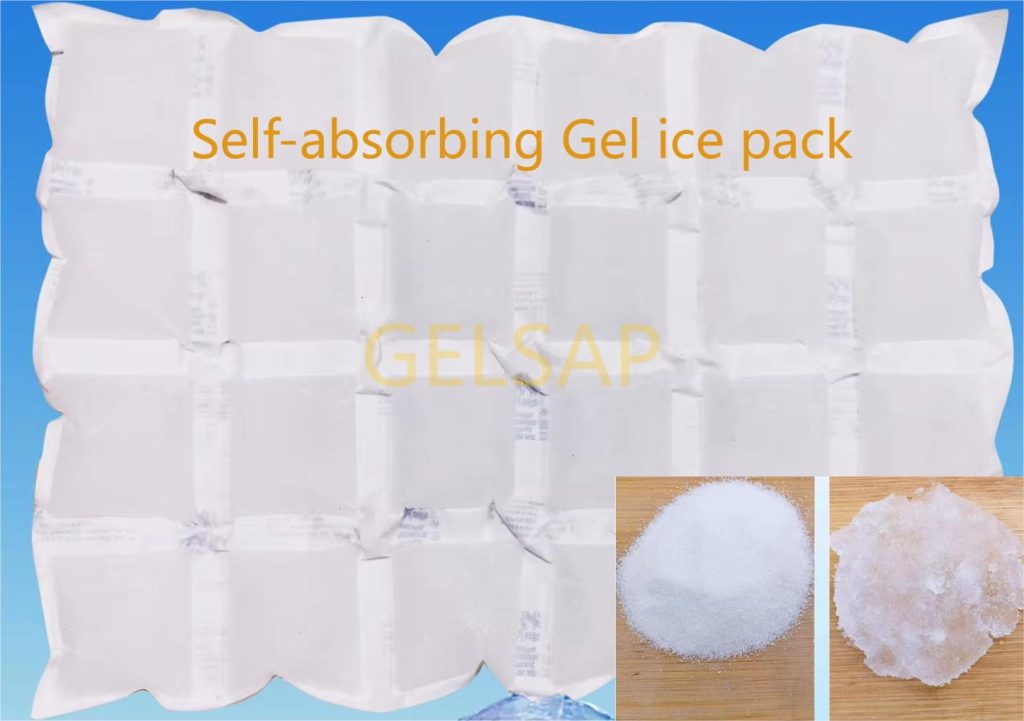Gel ice packs and instant ice packs differ in their chemical reactions primarily due to the ingredients they contain and the mechanisms by which they produce cooling effects.
Gel ice packs react
Gel ice packs typically contain a mixture of water and a superabsorbent polymer (SAP) along with other additives like preservatives. When these packs are frozen, the water within them turns into ice, and the SAP helps maintain a gel-like consistency, allowing the pack to remain flexible even when frozen. The cooling effect is primarily due to the ice absorbing heat from its surroundings as it melts gradually.

Instant ice pack reaction principle
On the other hand, instant ice packs consist of two separate compartments containing water and ammonium nitrate or urea, separated by a barrier. When the barrier is broken or punctured, the water mixes with the solid chemical, triggering an endothermic reaction. This reaction absorbs heat from the surroundings, leading to a rapid decrease in temperature and the formation of ice or a cold pack within seconds.
So, the key difference lies in the mechanisms of heat absorption and the speed at which cooling occurs—gel ice packs rely on gradual heat absorption through melting ice, while instant ice packs use a rapid endothermic reaction for immediate cooling.

